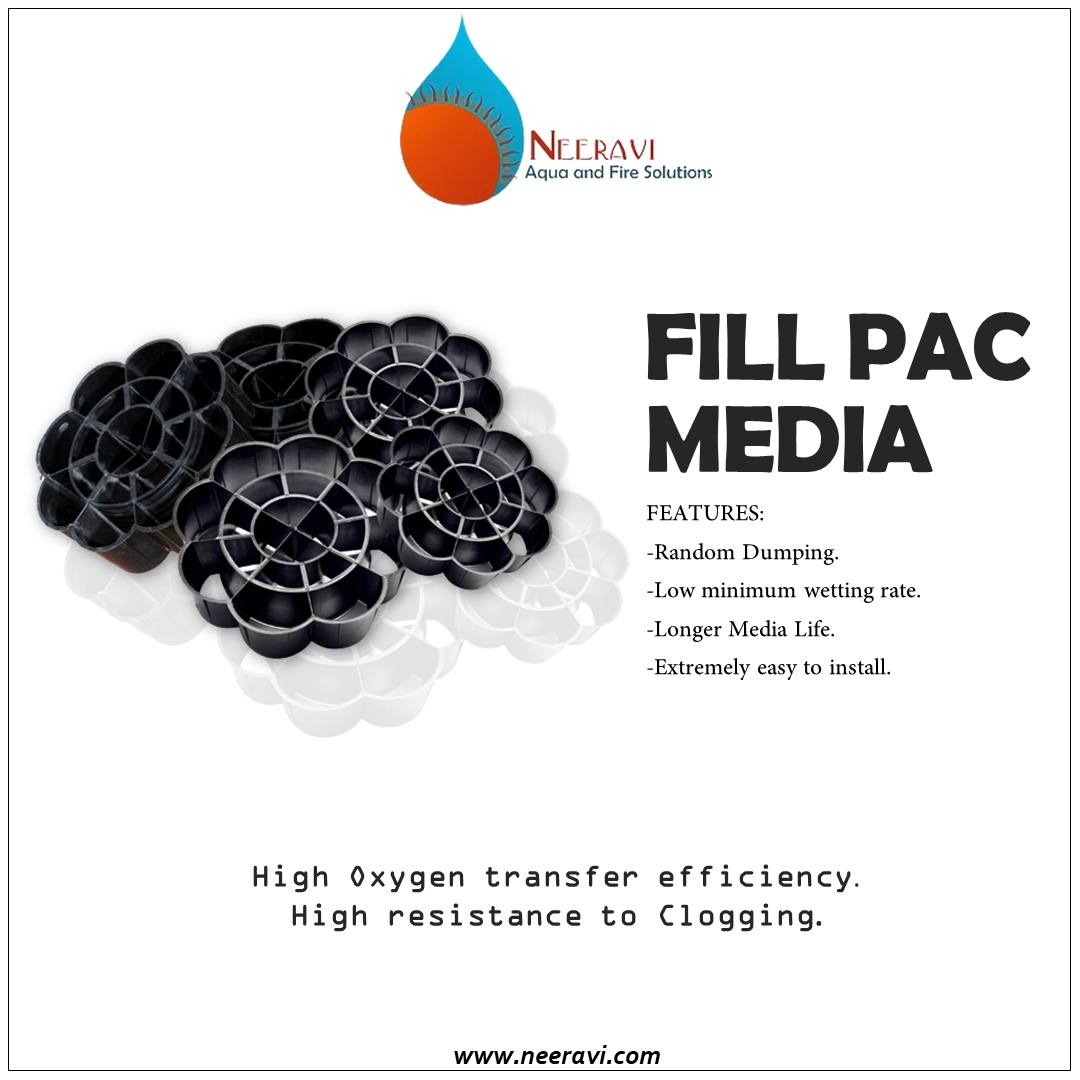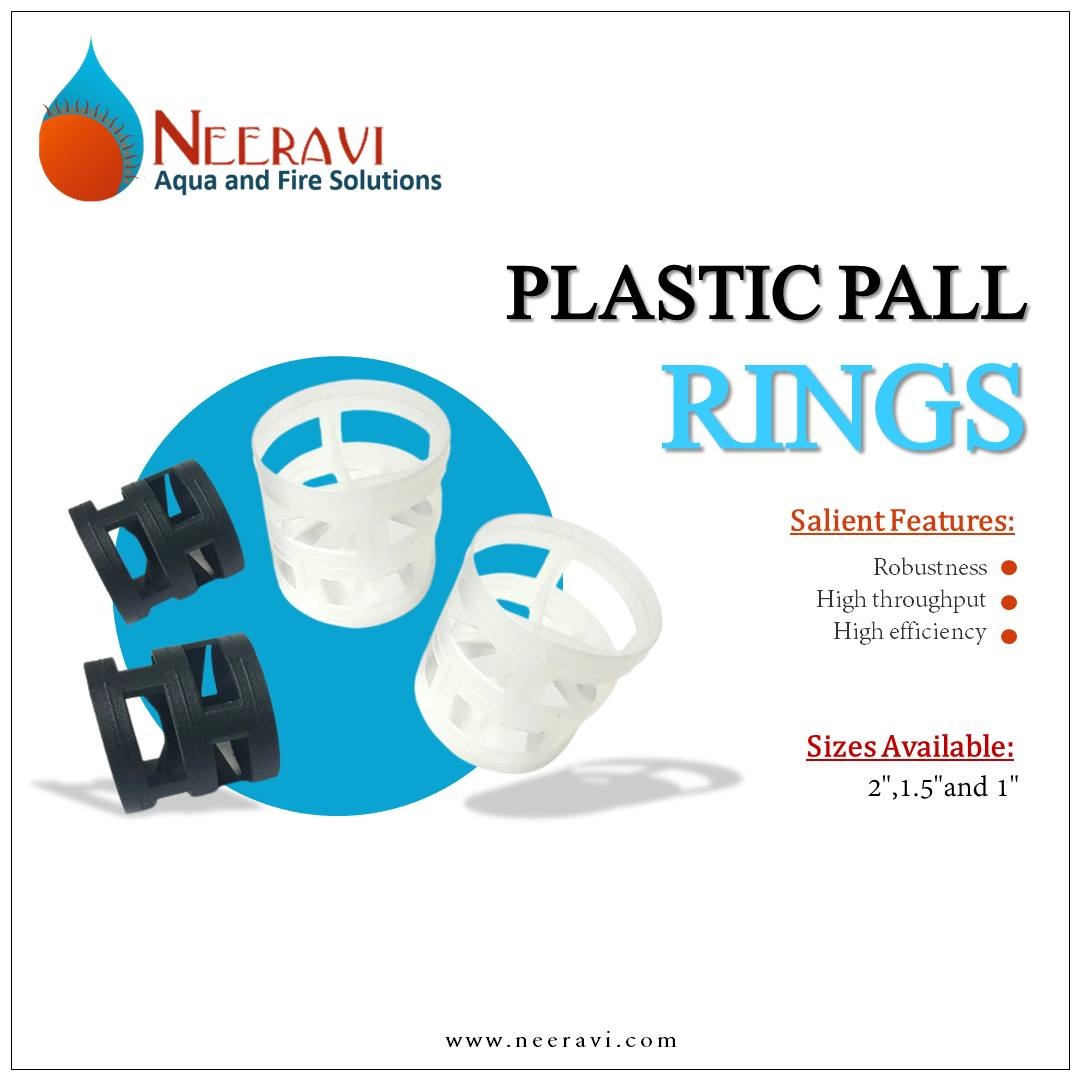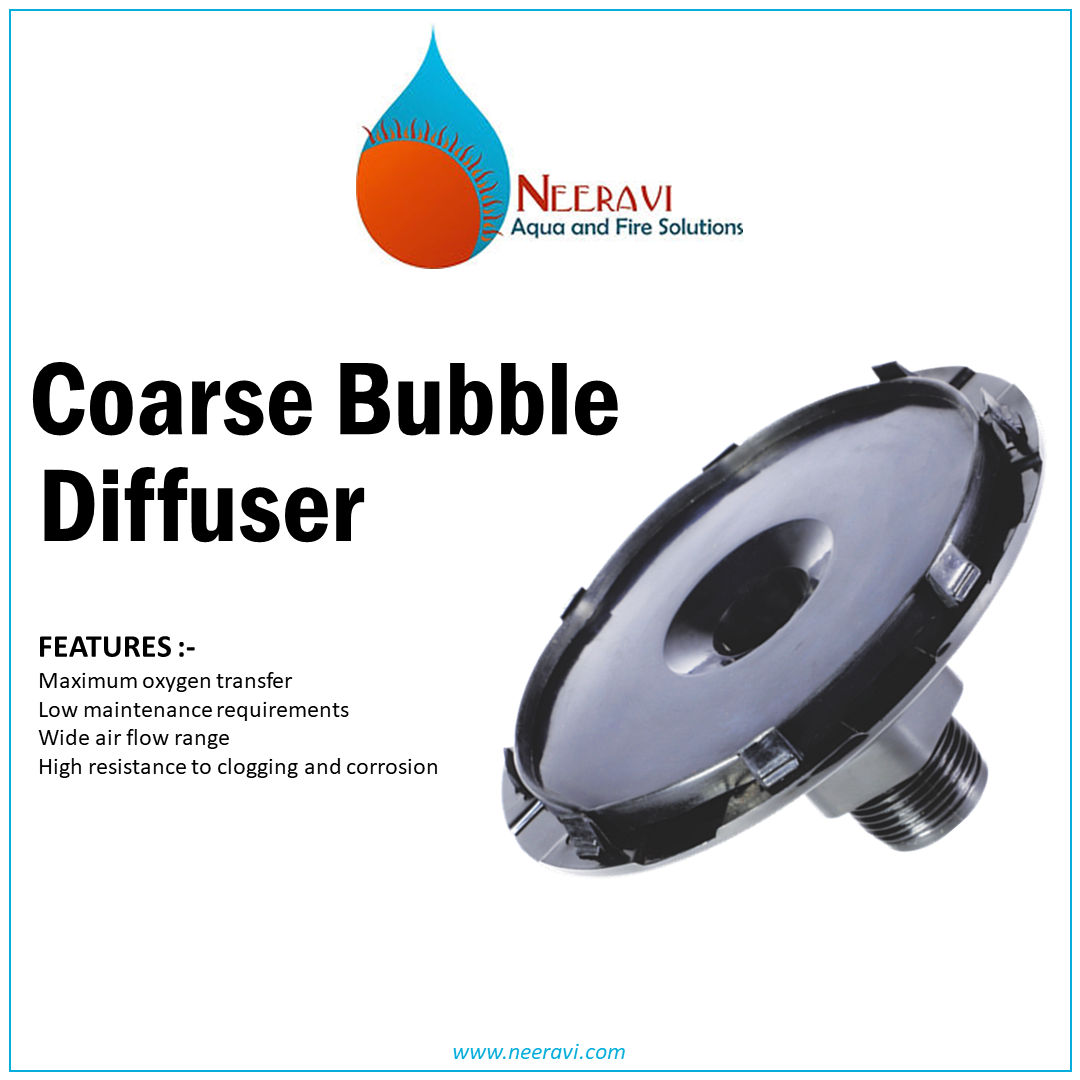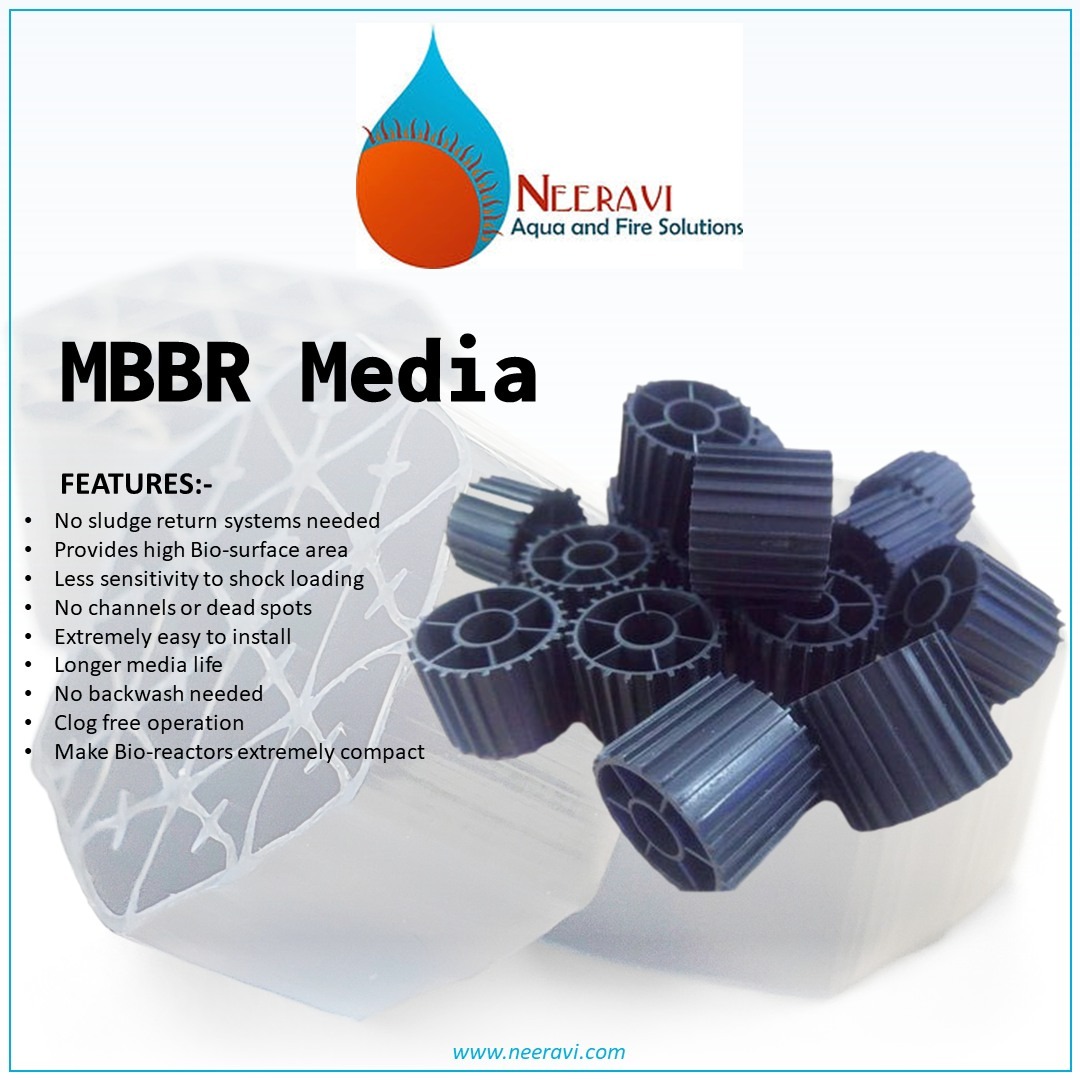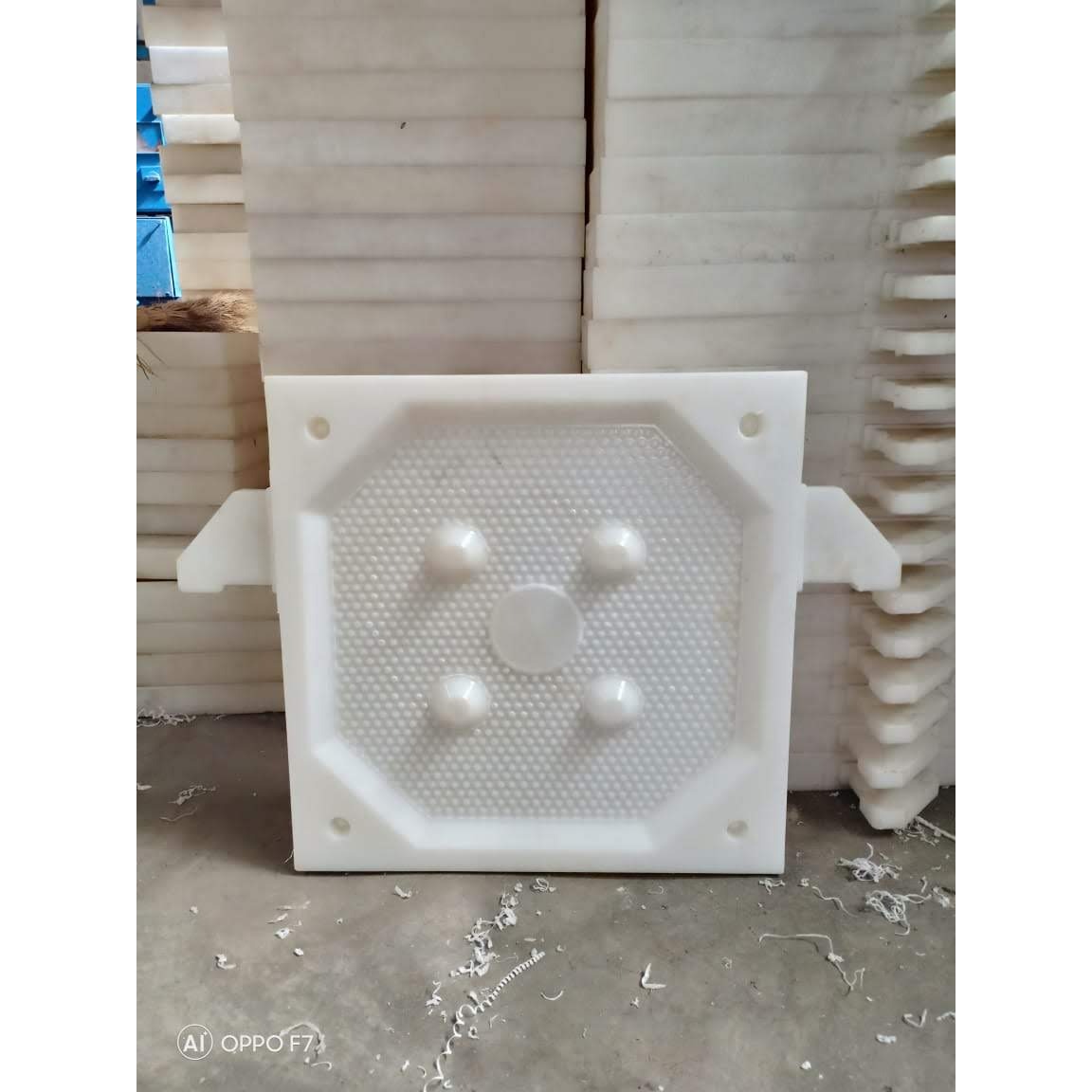
Filter plate is manufacture in delhi.
A filter plate is typically used in various industrial and laboratory applications for separating solids from liquids. It often consists of a porous material that allows liquid to pass through while retaining solid particles. Here are some key points about filter plates:
### Types of Filter Plates
1. **Filtration Plates**: Used in laboratories for small-scale filtration, often in applications like DNA extraction.
2. **Filter Press Plates**: Part of a filter press system used in industrial settings to separate liquids from solids in slurry.
3. **Membrane Filter Plates**: Use membrane technology to provide high precision in filtration, often used in microbiological testing.
### Materials
- **Polypropylene**: Common for chemical resistance.
- **Stainless Steel**: Durable and suitable for high-temperature applications.
- **Ceramic**: Often used in specialized applications requiring high durability and thermal stability.
### Applications
- **Pharmaceuticals**: For sterile filtration.
- **Food and Beverage**: To ensure product clarity and safety.
- **Wastewater Treatment**: For separating solids from liquid waste.
### Advantages
- Efficient solid-liquid separation.
- Can be customized for specific particle sizes.
- Reusable or disposable, depending on the application.
### Maintenance
- Regular cleaning is necessary to prevent clogging.
- Inspect for wear and damage to ensure optimal performance.
If you have a specific context or application in mind for filter plates, feel free to share!
Keywords
key points
liquid waste
high precision
DNA extraction
product clarity
high durability
solid particles
porous material
Regular cleaning
specific context
thermal stability
sterile filtration
various industrial
optimal performance
chemical resistance
industrial settings
membrane technology
filter press system
small-scale filtration
Membrane Filter Plates
laboratory applications
microbiological testing
specific particle sizes
specialized applications
high-temperature applications
Efficient solid-liquid separation
